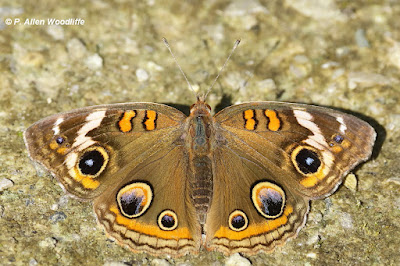The autumn weather so far has been a boon to birds, and birders alike. I have spent a few outings exploring some of the wetland areas along Lake St. Clair. The skies at sunset can be impressive, especially when there are myriad individuals of waterfowl in the air. This first image was taken from the trail at St. Clair NWA. There were almost always some groups of waterfowl in the air nearby, but I was taken with the larger numbers of them almost continually flying along the shoreline. It was a beautiful sight.
Waterfowl of various species are building in numbers and diversity. On one or more outings to SCNWA, I was treated to the following.
Mallards are by far the most common duck.
Trumpeters are not common here in the southwest, although they have been around in slightly increasing numbers in recent years. Given the time of year when the much more likely Tundra Swan is around, a little more careful look shows the broad black area in front of the eye, and no yellow colour on the bill.
Right about the same time, Tundra Swans are showing up, with several dozen being in view during my last outing. Here you can see the narrower black area in front of the eye, and a spot of yellow on the bill.
The next photo shows a family of three Tundras, with a young bird on the left. Being mixed in with Canada Geese, is a good size comparison. There was a good variety of other waterfowl species mixed in and widely scattered amongst the geese and swans.
There are other birds to see while being out and about. American Tree Sparrows, next, are increasing in numbers.
A Red-tailed Hawk was also noted flying through.
A few White-crowned Sparrows were observed right along the trail.
There are usually a few non-birdy things to enjoy, especially given the sunny, mild weather. Common Buckeyes are fairly common this year, and always nice to see.
 |
| Leopard Frog |
Up along the Mitchell's Bay North Shore Trail, there are more of the same types of things, but with its own variety. Great Egrets continue, although the numbers are gradually declining.
The occasional Monarch is still flying through. Many I have seen look rather worn, but this individual looked quite fresh.
In some of the dead trees not far off the trail, there can be dozens and dozens of Tree Swallow taking a rest in between forays out over the marsh prowling for insects.
This pair of Wilson's Snipe was along the muddy shoreline, but didn't linger before disappearing behind some vegetation.
I have been out to Rondeau on several occasions, but mainly to chat with the park staff, deliver some canvas prints of things relevant to Rondeau and to follow the change in colour of the forest. More on that in a future post. The Visitor Centre is currently open Thursday-Sunday.
I have managed to photograph a few other things, as follows:
Dragonflies were fairly abundant along the trails, on those bright sunny days. Here a male Autumn Meadowhawk is resting on the boardwalk.
Blue-headed Vireos were scattered here and there....
...Brown Creepers were seen on occasion.
Another Common Buckeye!
I have seen a few Eastern Bluebirds. This one was perched in the shade with a bright background. I tried to pull out as much detail as I could in the processing.
Eastern Phoebes, even though it is a flycatcher, will likely be seen into December depending on the weather.
An Eastern Gartersnake was enjoying an open sunny spot along one of the trails.
Ruby-crowned Kinglets are quite plentiful, although challenging to photograph due to their constant, rather frenetic, activity.
Turkey Vultures have been passing through steadily, in some impressive numbers. Many are quite high up...
...but on occasion one will be quite low.
Certainly the most abundant warbler to be seen is the Yellow-rumped Warbler. Some will likely be present all winter.
If you would like to subscribe, or unsubscribe, to Nature Nuggets, send an email to: prairietramper@gmail.com
































































